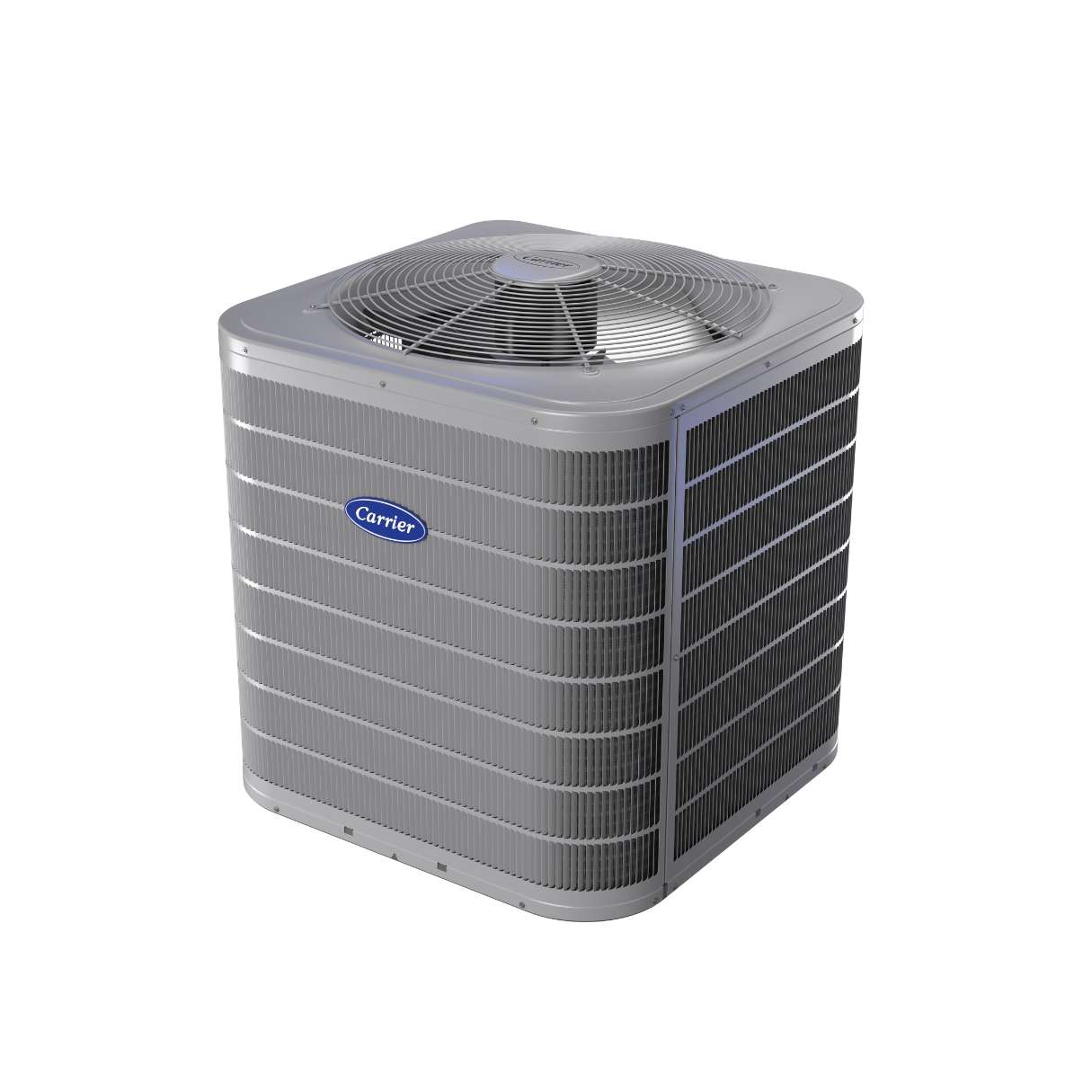

Articles
How Much Does A Carrier HVAC System Cost
Modified: October 18, 2024
Discover the average cost of a Carrier HVAC system in this informative article. Learn about the factors that influence pricing and find the best deals.
(Many of the links in this article redirect to a specific reviewed product. Your purchase of these products through affiliate links helps to generate commission for Storables.com, at no extra cost. Learn more)
Introduction
Welcome to our comprehensive guide on the cost of a Carrier HVAC system. When it comes to creating a comfortable and efficient indoor environment, selecting the right HVAC system is crucial. Carrier is a renowned brand known for its high-quality heating, ventilation, and air conditioning systems. However, before making a purchase decision, it’s essential to understand the factors that influence the cost of a Carrier HVAC system.
Installing an HVAC system involves various components and considerations that contribute to the overall cost. In this article, we will explore the average cost of Carrier HVAC systems, break down the cost of individual components, discuss additional costs, and provide tips to save money on installation. By the end, you will have a comprehensive understanding of the expenses associated with a Carrier HVAC system.
Whether you’re a homeowner looking to upgrade your existing HVAC system or a business owner planning a new installation, this guide will be invaluable in helping you make informed decisions. So, let’s dive in and discover the cost factors of a Carrier HVAC system!
Key Takeaways:
- Understanding the factors that influence the cost of a Carrier HVAC system, such as size, efficiency, and additional features, is crucial for making informed investment decisions and budgeting effectively.
- By researching contractors, choosing energy-efficient systems, and exploring financing options, homeowners and business owners can save money on the installation of a Carrier HVAC system without compromising on quality or performance.
Read more: How Much Does An HVAC Inspection Cost
Factors that influence the cost of a Carrier HVAC system
When it comes to determining the cost of a Carrier HVAC system, several factors come into play. While the overall price will vary depending on individual circumstances, understanding these influential factors will help you better estimate the cost and make informed decisions. Let’s take a closer look at some of the key factors:
- Size and Capacity: The size and capacity of the HVAC system play a significant role in determining its cost. Larger systems that can heat or cool larger spaces will generally cost more than smaller units designed for smaller areas.
- Efficiency Rating: The energy efficiency rating of an HVAC system, measured by Seasonal Energy Efficiency Ratio (SEER) for cooling and Annual Fuel Utilization Efficiency (AFUE) for heating, affects both the upfront cost and long-term savings. Higher efficiency systems may have a higher initial cost but can result in lower energy bills over time.
- System Type: Carrier offers a range of HVAC system types, including central air conditioners, heat pumps, ductless mini-split systems, and more. The specific type of system you choose can impact the cost, as each has its own installation requirements and features.
- Additional Features: Carrier HVAC systems can come with various additional features and technologies, such as smart thermostats, zoning capabilities, humidity control, and air purification systems. These options can add to the overall cost but may provide enhanced comfort and energy efficiency benefits.
- Installation Complexity: The complexity of the installation process can influence the cost. Factors such as the layout of your space, accessibility for ductwork installation, and any necessary modifications or upgrades to electrical systems can increase the labor and material costs.
- Geographical Location: The location where the system is installed can also impact the cost. Factors such as local labor rates, building codes, and permit requirements may vary between regions.
It is important to note that these factors are interconnected, and changes in one aspect can affect the overall cost. Consulting with a reputable HVAC professional can help you understand how these factors specifically apply to your individual requirements, ensuring you make the best investment decision.
Average cost of Carrier HVAC systems
The cost of a Carrier HVAC system will vary depending on several factors, as mentioned earlier. However, it’s helpful to have a general idea of the average cost range to assist with budgeting and planning. Keep in mind that these figures are approximate and may vary based on your specific circumstances.
On average, the cost of a Carrier HVAC system installation can range from $3,000 to $10,000 or more. This cost typically includes both equipment and installation labor. However, it’s important to note that this estimate is for a basic system and does not account for additional features or complex installation requirements.
For example, a standard central air conditioning system from Carrier may cost between $3,000 and $7,000, excluding installation. This price range typically includes the outdoor condensing unit, indoor evaporator coil, and a basic thermostat.
If you opt for a Carrier heat pump system for both heating and cooling, the average cost may range from $4,000 to $10,000, depending on the capacity and features. Heat pumps are generally more expensive than standard central air conditioner systems due to their dual functionality.
Furthermore, Carrier ductless mini-split systems are another popular option, especially for homes without existing ductwork. The average cost of a ductless system typically starts around $3,000 for a single-zone system, but costs can rise depending on the number of indoor units and installation complexity.
It’s important to remember that these prices are general estimates and the final cost will depend on several factors specific to your installation requirements. Consulting with HVAC professionals and obtaining multiple quotes will give you a clearer picture of the cost for your specific situation.
Now that we have an idea of the average cost range, let’s delve into a breakdown of the individual components and their associated costs in a Carrier HVAC system.
Cost breakdown of Carrier HVAC system components
When purchasing a Carrier HVAC system, there are various components that contribute to the overall cost. Understanding the cost breakdown of these individual components will provide you with a better understanding of where your money is being allocated. Let’s explore the main components of a Carrier HVAC system and their associated costs:
- Outdoor unit/Condensing unit: This component is responsible for cooling or heating the air and is typically located outside. The cost of a Carrier outdoor unit can range from $1,500 to $4,000 or more, depending on the size, capacity, and efficiency rating.
- Indoor unit/Evaporator coil: Located inside your home or building, the evaporator coil works with the outdoor unit to transfer heat and cool air. The cost of a Carrier indoor unit can range from $1,000 to $2,500 or more.
- Furnace: In HVAC systems that provide heating capabilities, a furnace is a crucial component. Carrier furnaces can cost between $1,500 and $4,500 or more, depending on the type of furnace, efficiency rating, and features.
- Air Handler: The air handler is responsible for circulating the conditioned air throughout your space. Carrier air handlers can range in price from $800 to $2,500 or more.
- Ductwork: If your space already has existing ductwork, you may need to consider the cost of any necessary repairs, modifications, or additions. The price for ductwork can vary significantly depending on the extent of the work required.
- Thermostat: While the cost of a basic thermostat is relatively low, ranging from $50 to $150, Carrier offers advanced smart thermostats with additional features that can cost between $200 and $500 or more.
It’s important to note that these costs are rough estimates and can vary based on your specific needs, system size, and regional factors. Additionally, installation labor costs are not included in these component breakdowns.
By understanding the cost breakdown of Carrier HVAC system components, you can more accurately assess the overall investment required for your specific project.
Now that we have examined the individual components’ costs, let’s explore the additional expenses you should consider when installing a Carrier HVAC system.
When considering the cost of a Carrier HVAC system, it’s important to factor in the size of your home, the efficiency of the system, and any additional features or upgrades. Getting multiple quotes from reputable dealers can also help you find the best price.
Additional costs to consider when installing a Carrier HVAC system
When planning to install a Carrier HVAC system, it’s important to consider additional costs beyond the core components. These expenses can vary depending on your specific requirements and the complexity of the installation. Let’s take a look at the key additional costs you should consider:
- Installation Labor: The cost of professional installation labor is an important factor to consider. The complexity of the installation, the size of your space, and the local labor rates can all impact the installation cost. Installation labor costs for a Carrier HVAC system typically range from $2,000 to $6,000 or more, depending on various factors.
- Ductwork Installation or Modification: If your space doesn’t have existing ductwork or if modifications are required, additional costs may arise. Ductwork installation or modification costs can vary significantly depending on the size of the space, accessibility, and the extent of the work required.
- Permit and Inspection Fees: In some areas, permits and inspections may be required for HVAC system installations. The cost of permits and inspections can vary depending on local regulations, so it’s important to research the requirements and factor in these potential costs.
- Electrical Upgrades: Depending on the capacity and requirements of your new Carrier HVAC system, electrical upgrades may be necessary. This can include upgrading the electrical panel, wiring, or adding dedicated circuits. The cost of electrical upgrades will depend on the complexity of the work.
- Maintenance and Service Plans: Carrier HVAC systems require regular maintenance to ensure optimal performance and longevity. It’s advisable to consider the cost of maintenance and service plans when budgeting for your system. These plans can range from $100 to $500 or more annually, depending on the level of coverage and services included.
- Extended Warranty: While Carrier offers standard warranties for their HVAC systems, you may have the option to purchase an extended warranty for additional coverage. The cost of an extended warranty will depend on the duration and level of coverage you choose.
It’s important to consult with HVAC professionals and obtain detailed quotes to get a more accurate estimation of these additional costs based on your specific needs and circumstances.
Now that we’ve covered the additional costs, let’s explore some factors that can influence the overall installation cost of a Carrier HVAC system.
Read more: How Much Does HVAC Ductwork Cost
Factors that affect the overall installation cost of a Carrier HVAC system
When estimating the overall installation cost of a Carrier HVAC system, there are several factors that can influence the total expense. Understanding these factors will help you assess the potential cost and plan your budget accordingly. Let’s explore the main factors that can affect the overall installation cost:
- System Size and Capacity: Larger HVAC systems with higher capacities require more labor and materials, which can increase the installation cost.
- System Type: Different types of HVAC systems have varying installation requirements. For example, installing a central air conditioner may be less complex than installing a ductless mini-split system, resulting in different installation costs.
- Existing Infrastructure: If your space already has existing ductwork, electrical work, or compatible infrastructure, the installation cost may be lower compared to spaces that require significant modifications or new installations.
- Accessibility: The accessibility of your space, particularly for installation purposes, can affect the labor and time required. Difficult access points or limited space may increase the installation cost.
- Location: Local factors such as labor rates, permit requirements, and regional building codes can influence the overall installation cost.
- Additional Upgrades: If you opt for additional features or upgrades, such as smart thermostats, zoning systems, or air purification systems, the installation cost will likely increase to accommodate these enhancements.
- Contractor Selection: The contractor you choose for the installation will impact the cost. It’s important to obtain multiple quotes and consider factors such as their reputation, experience, and expertise.
Each installation is unique, and these factors will interact differently in each scenario. It’s recommended to consult with HVAC professionals who can assess your specific requirements and provide a detailed cost estimate based on these influencing factors.
Now that we’ve explored the factors that can affect the overall installation cost, let’s move on to some tips for saving money on a Carrier HVAC system installation.
Tips for saving money on a Carrier HVAC system installation
While installing a Carrier HVAC system is a significant investment, there are several ways to save money without compromising on quality or performance. Consider these tips to help reduce the overall cost of your installation:
- Do your research: Take the time to research and compare multiple HVAC contractors. Obtain detailed quotes, check customer reviews, and verify their credentials and certifications. Choose a reputable contractor with a proven track record of providing quality installations at reasonable prices.
- Consider energy efficiency: Opt for Carrier HVAC systems with higher energy efficiency ratings. Although they may have a higher upfront cost, they can save you money on energy bills in the long run. Look for units with a high SEER (Seasonal Energy Efficiency Ratio) for cooling and AFUE (Annual Fuel Utilization Efficiency) for heating.
- Choose the right size: Ensure that the HVAC system is properly sized for your space. An oversized or undersized system can lead to inefficiency and increased energy costs. Consult with a professional to determine the appropriate system size based on your specific needs.
- Explore financing options: Inquire about financing options or special promotions offered by Carrier or your chosen HVAC contractor. These options can help you spread out the cost of installation over time, making it more affordable in the short term.
- Ask about rebates and incentives: Check whether there are any rebates, tax credits, or incentives available for installing energy-efficient HVAC systems. Many utility companies and government programs offer financial incentives that can help offset a portion of the installation cost.
- Maintain regular maintenance: Properly maintaining your Carrier HVAC system can extend its lifespan and improve its energy efficiency. Regular filter changes, cleaning, and professional maintenance visits can help prevent costly repairs in the future.
- Reuse existing infrastructure: If possible, reuse existing ductwork, electrical connections, and infrastructure to reduce installation costs. If modifications are necessary, consider cost-effective solutions or alternatives that can help minimize expenses.
Implementing these cost-saving tips can help you get the best value for your money when installing a Carrier HVAC system. Remember, quality installation is essential for optimal performance and longevity, so always prioritize the expertise and experience of the HVAC professionals you choose.
Now that we’ve discussed tips for saving money, let’s conclude our comprehensive guide on the cost of a Carrier HVAC system.
Conclusion
Installing a Carrier HVAC system is a significant investment that can greatly enhance your comfort and energy efficiency. By understanding the factors that influence the cost of a Carrier HVAC system, you can make informed decisions and plan your budget accordingly.
We explored the average cost range of Carrier HVAC systems and broke down the cost of individual components. Keep in mind that these costs can vary based on factors such as system size, capacity, efficiency rating, and additional features.
We also discussed the additional costs to consider when installing a Carrier HVAC system, including installation labor, ductwork requirements, permits and inspections, and potential electrical upgrades. By accounting for these expenses, you can better estimate the overall installation cost.
Factors such as system type, system size, location, and accessibility can affect the overall installation cost. Consulting with HVAC professionals and obtaining multiple quotes will give you a clearer understanding of the expenses specific to your situation.
Finally, we provided tips for saving money on a Carrier HVAC system installation. Researching contractors, choosing energy-efficient systems, exploring financing options, and taking advantage of rebates and incentives can all contribute to reducing the overall cost.
Remember, while it’s important to consider the cost of installation, prioritizing quality installation and professional expertise is crucial for optimal system performance and longevity.
By following the information and tips provided in this guide, you can navigate the cost considerations of a Carrier HVAC system installation and make a well-informed decision that suits your needs and budget.
We hope this guide has been helpful in your HVAC system planning. Stay comfortable and enjoy the benefits of your new Carrier HVAC system!
Frequently Asked Questions about How Much Does A Carrier HVAC System Cost
Was this page helpful?
At Storables.com, we guarantee accurate and reliable information. Our content, validated by Expert Board Contributors, is crafted following stringent Editorial Policies. We're committed to providing you with well-researched, expert-backed insights for all your informational needs.
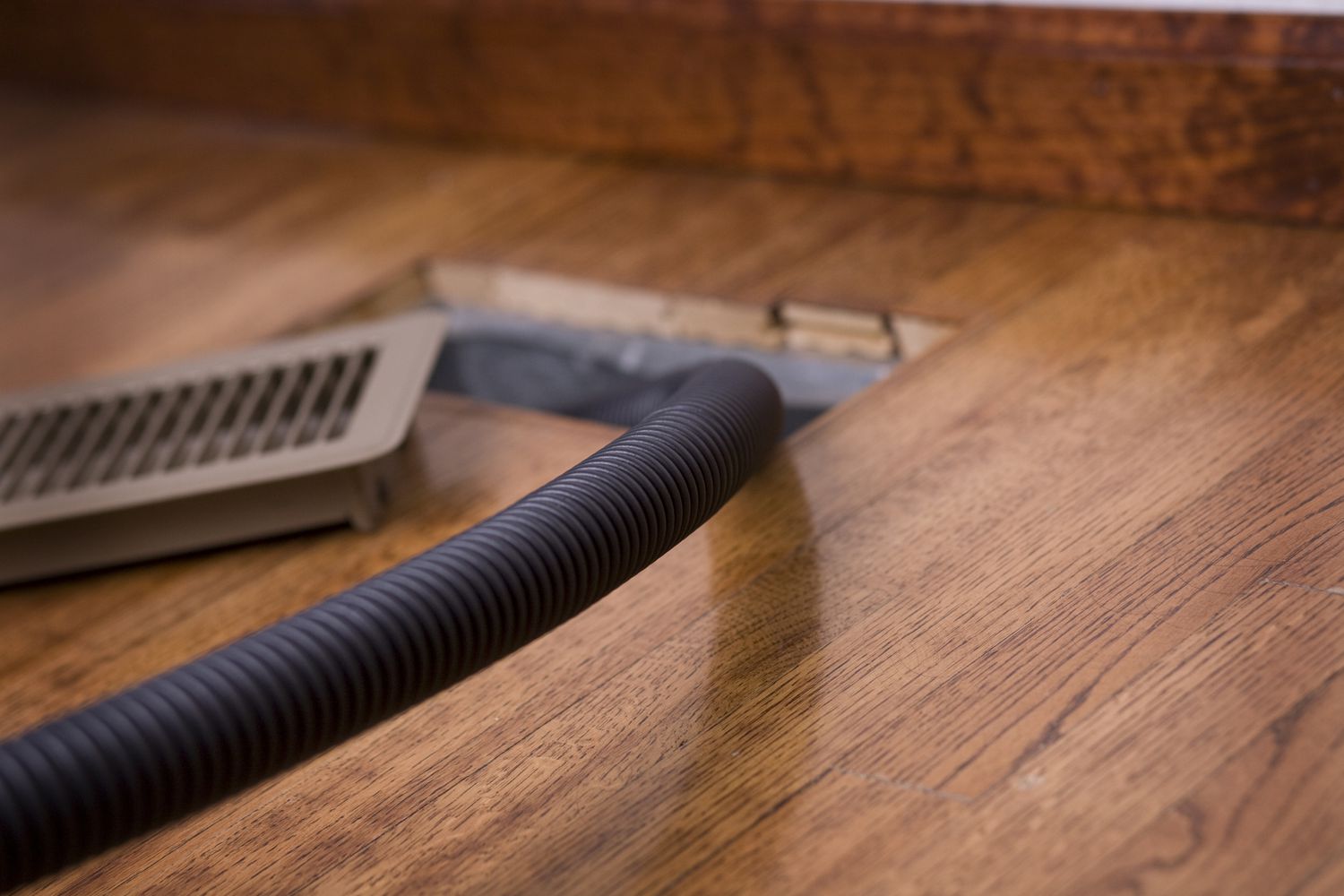
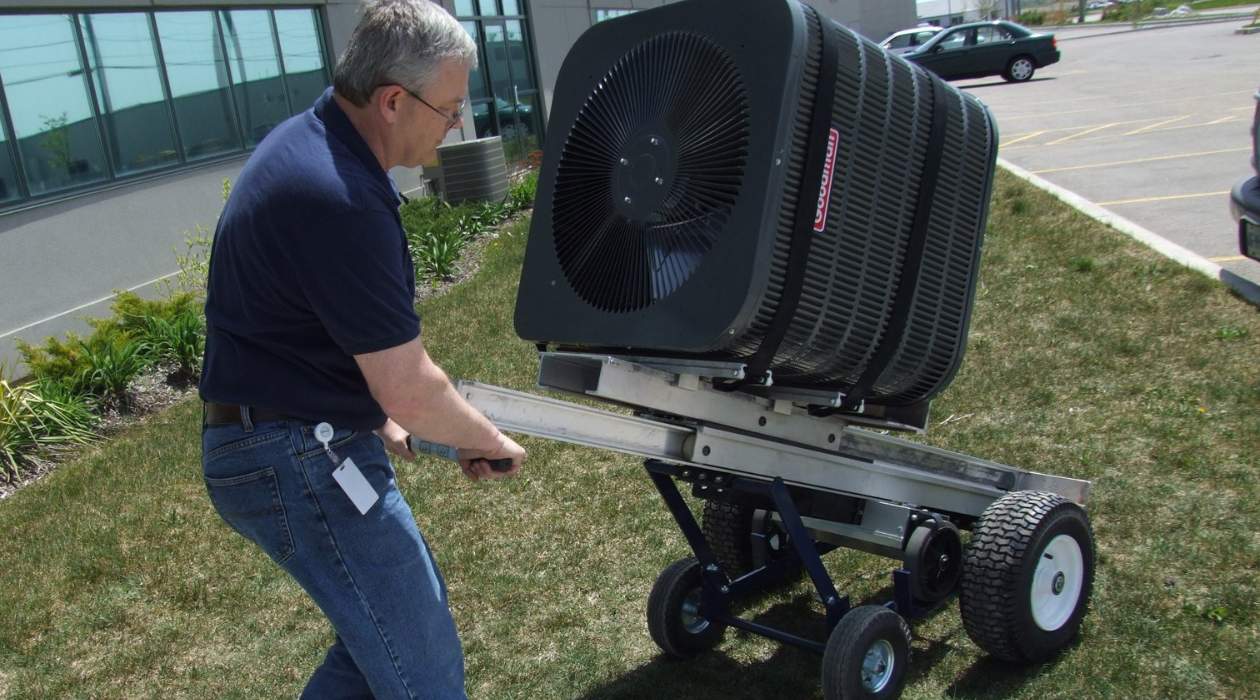
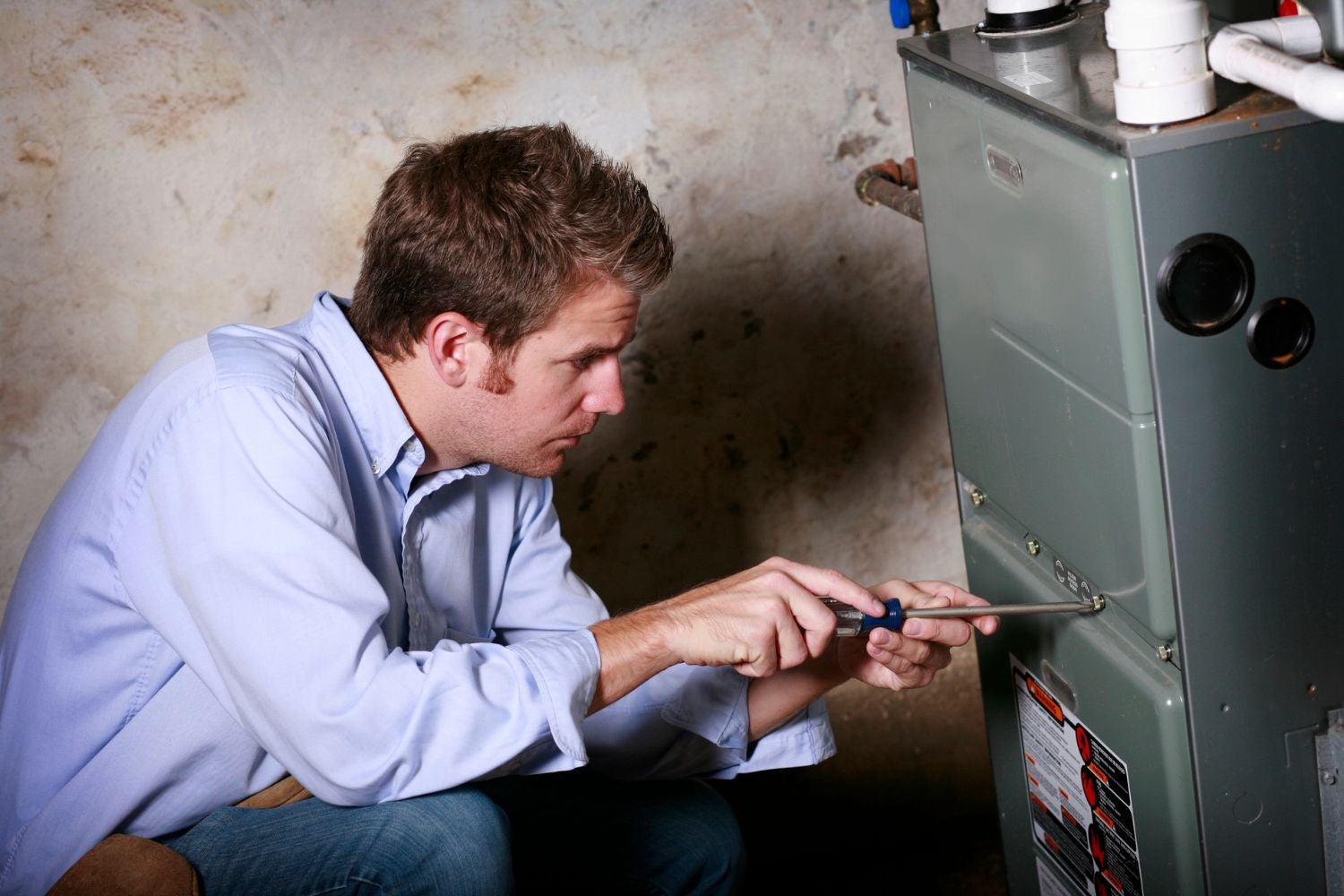
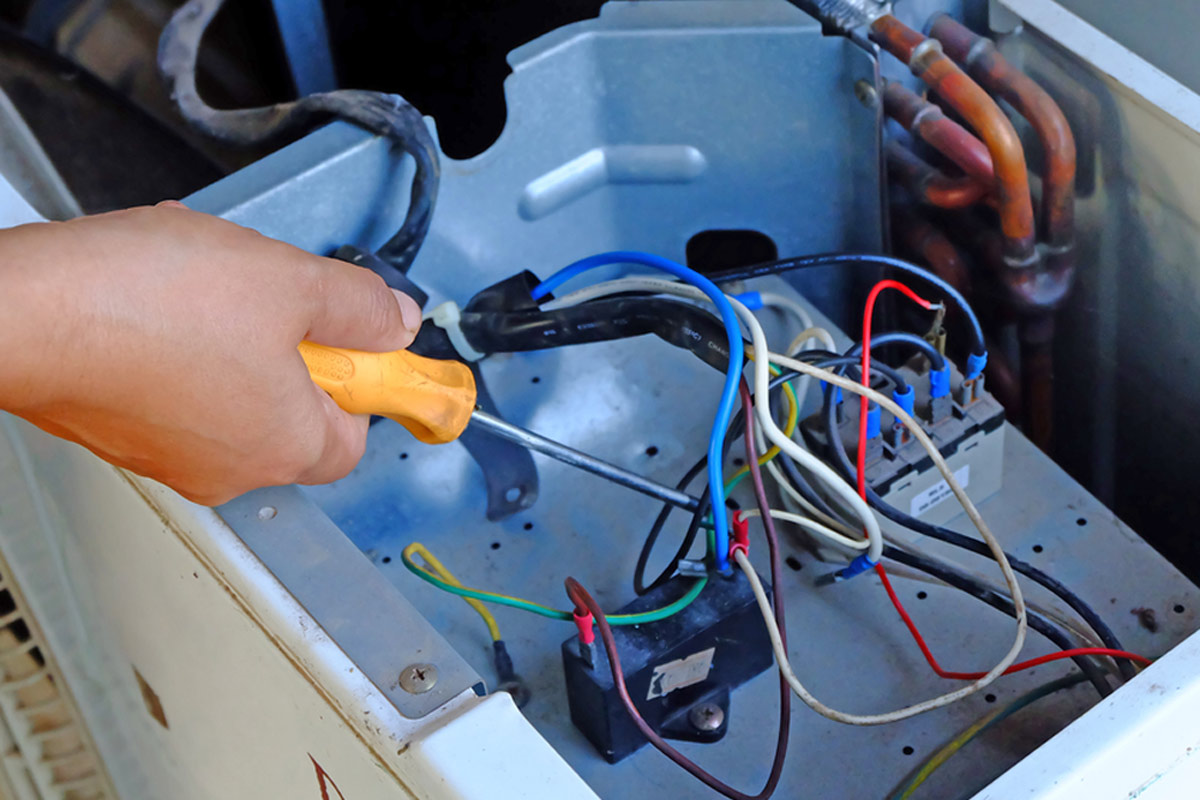
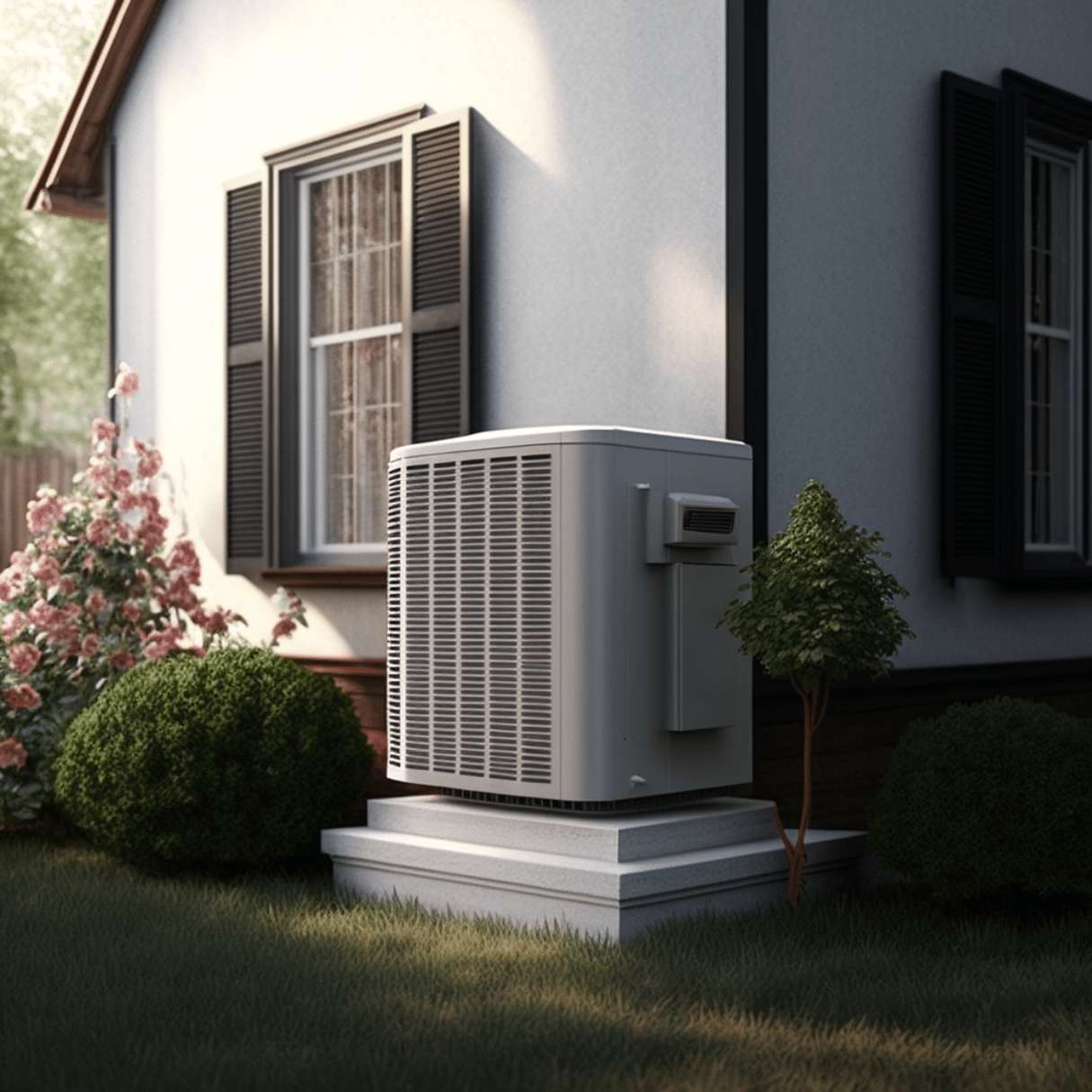
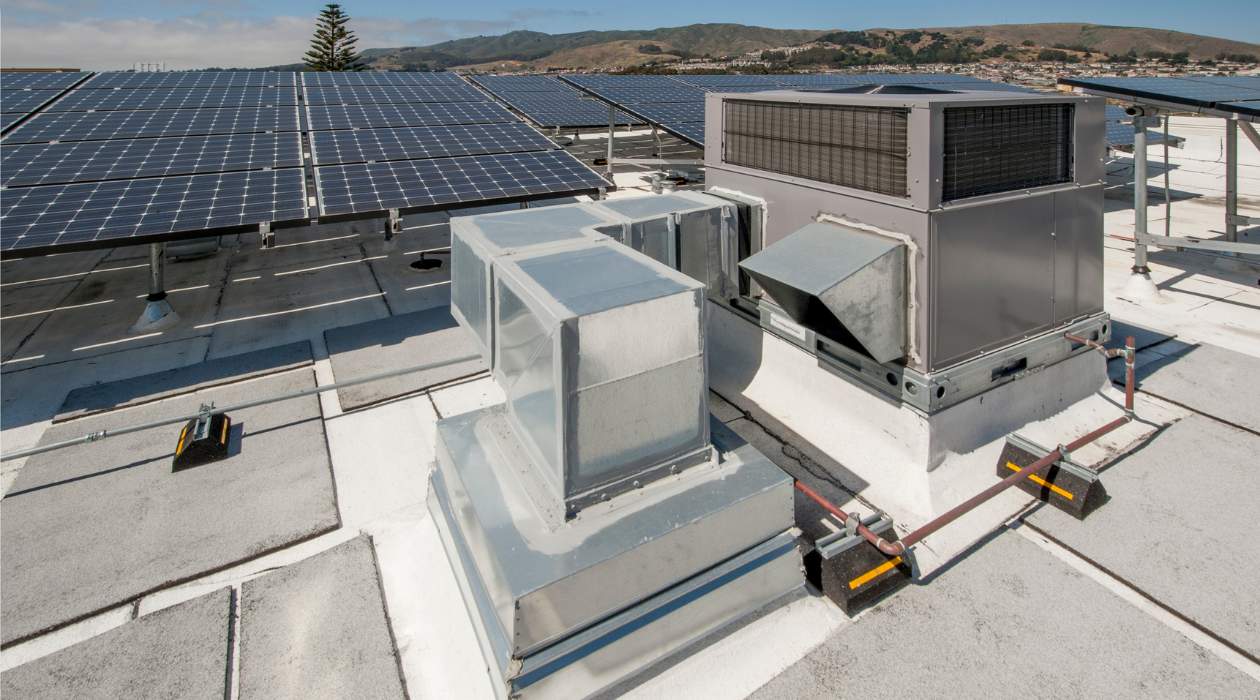
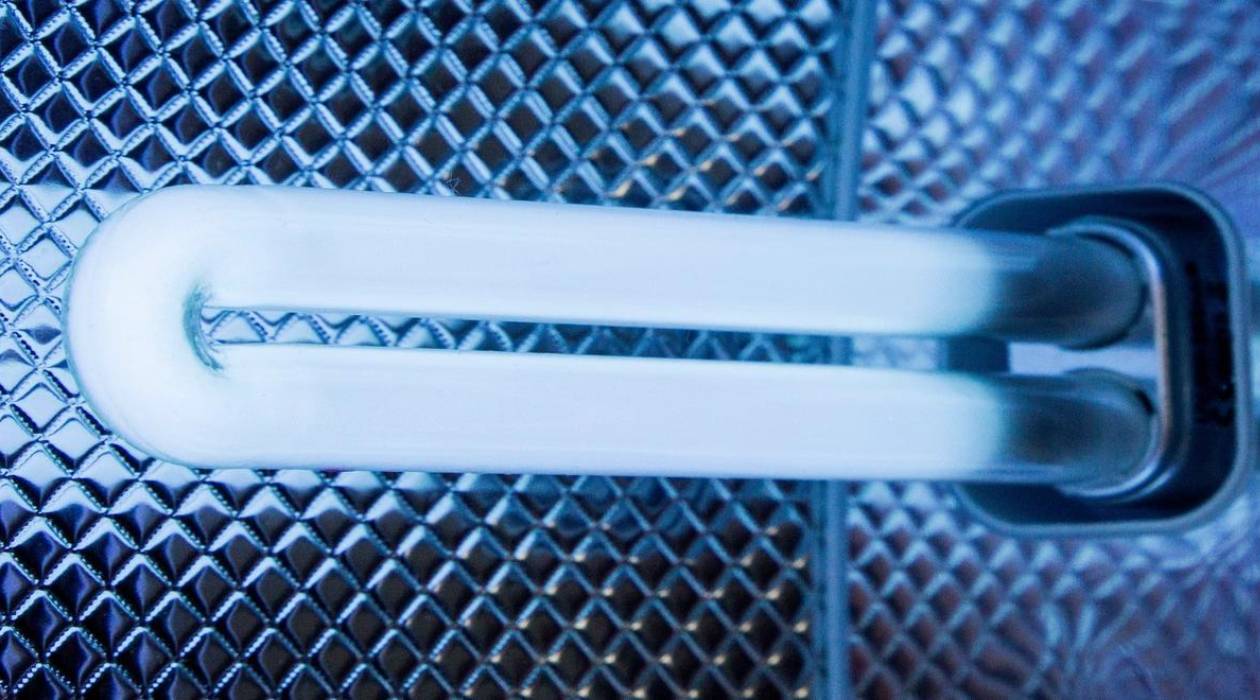
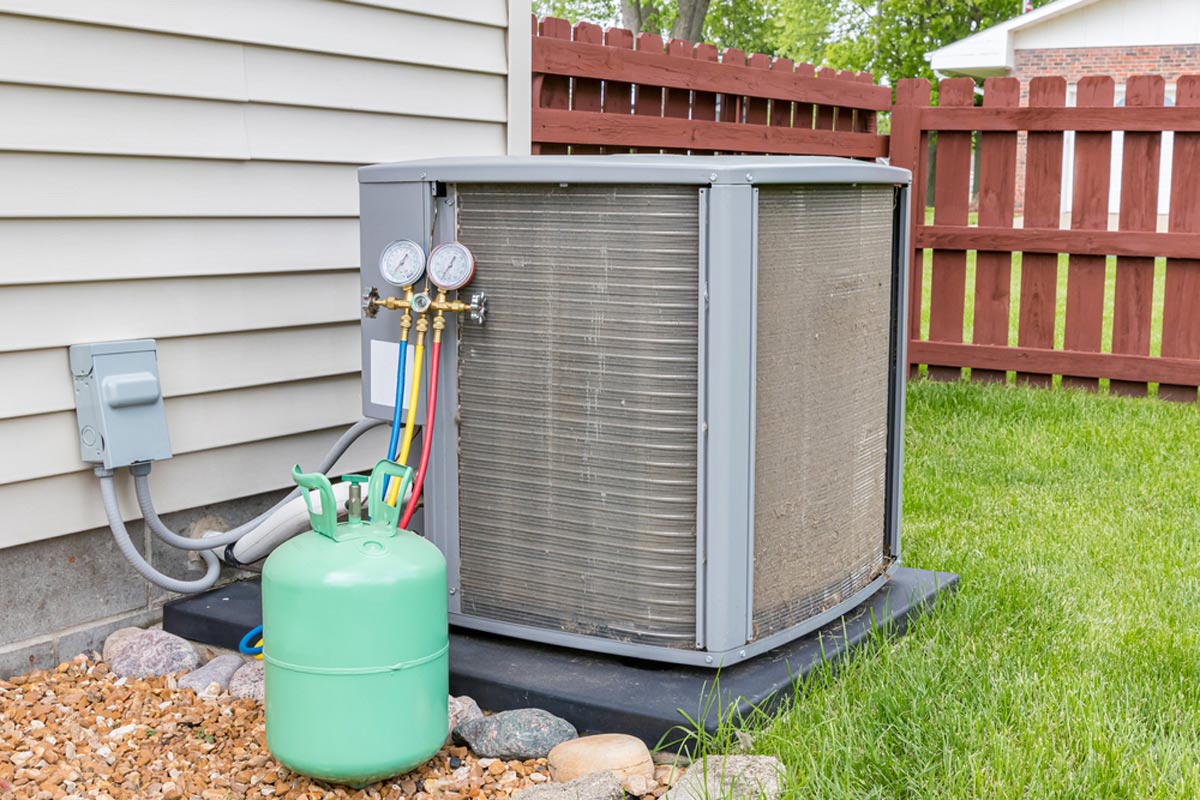
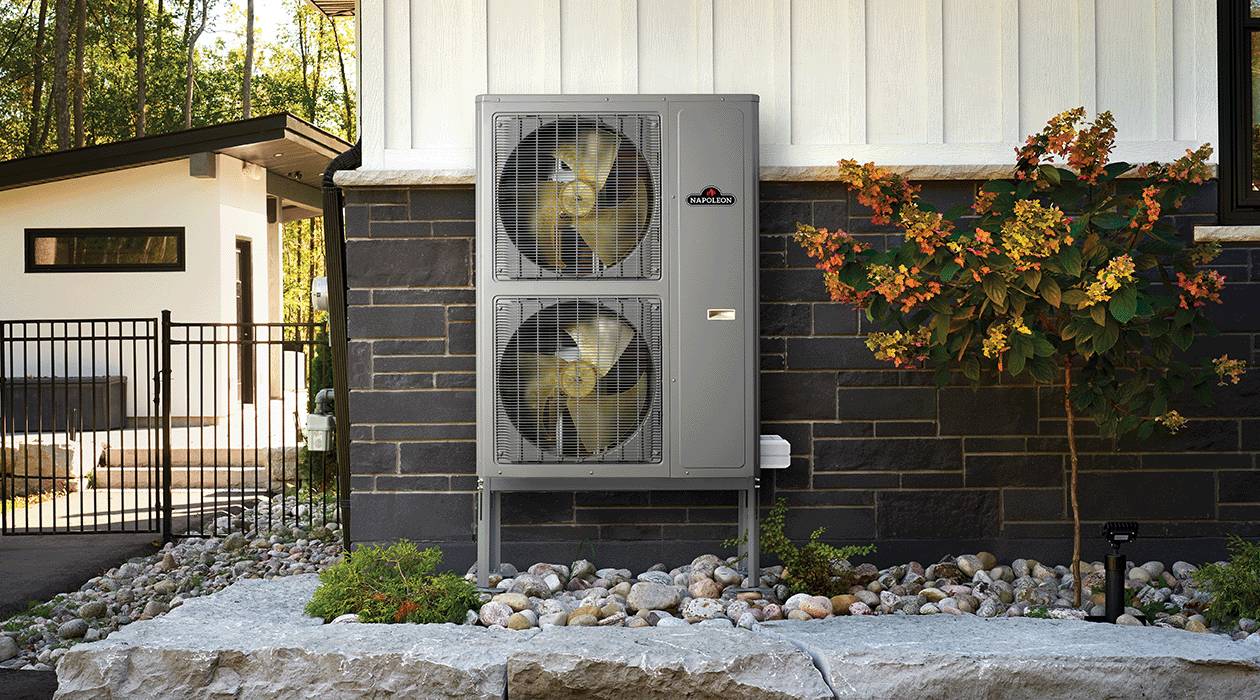
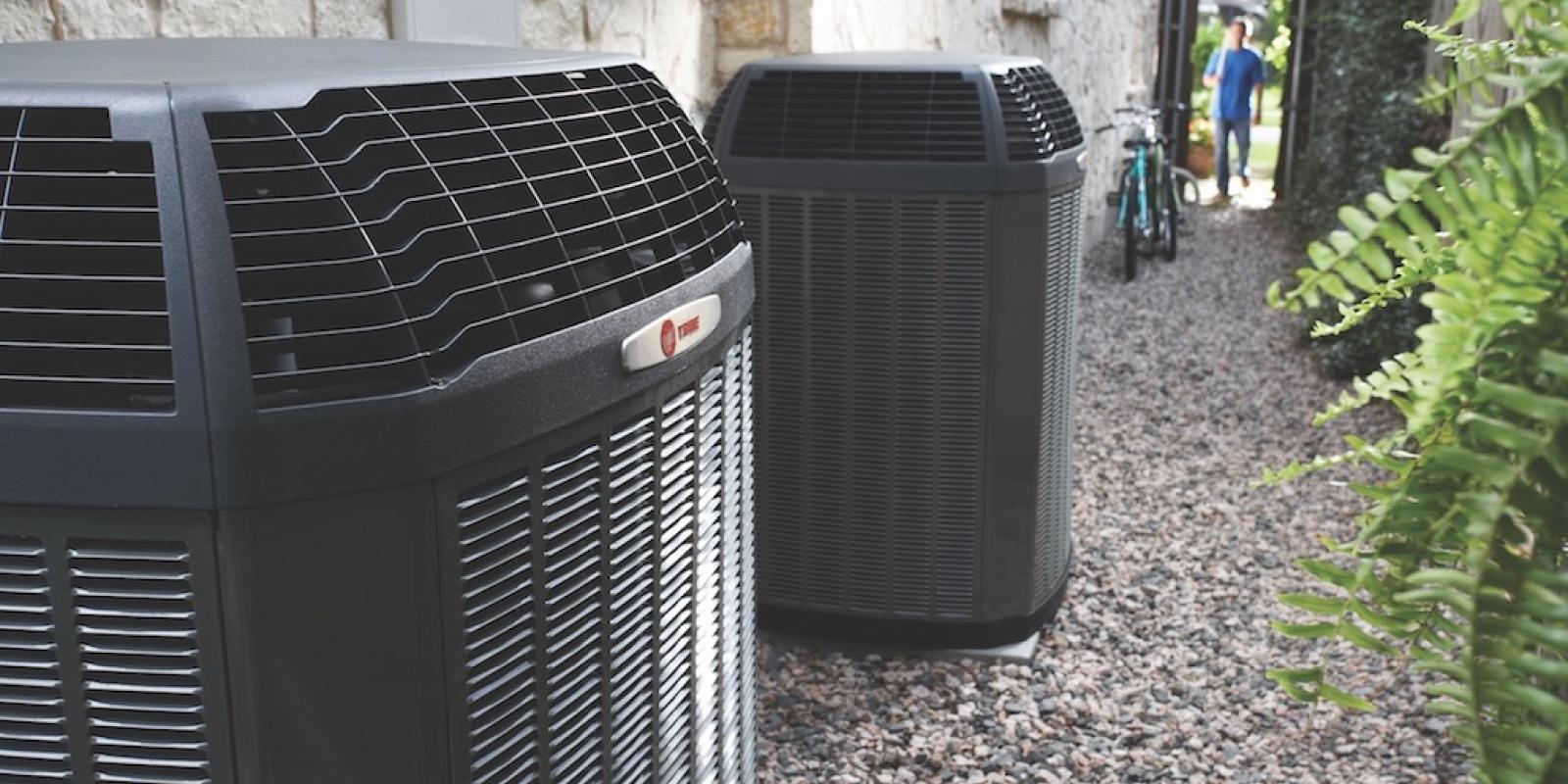
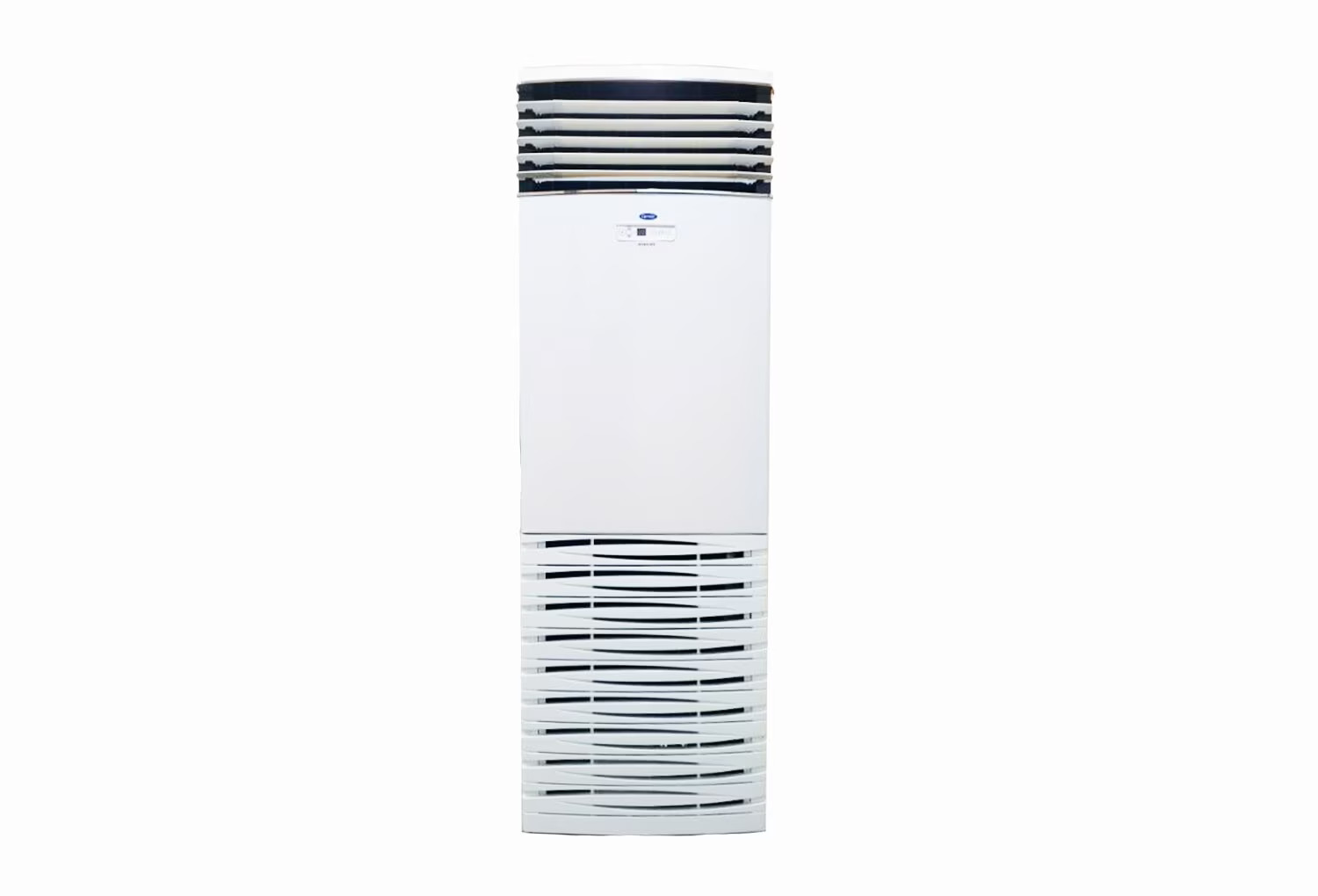
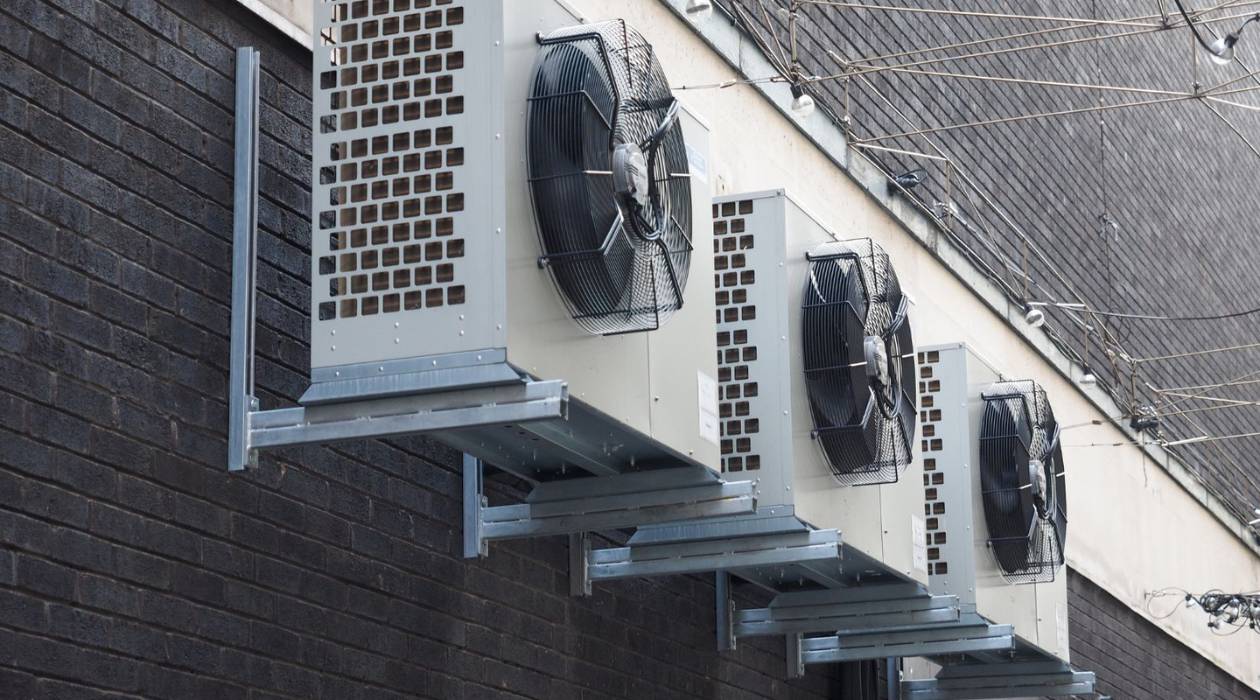
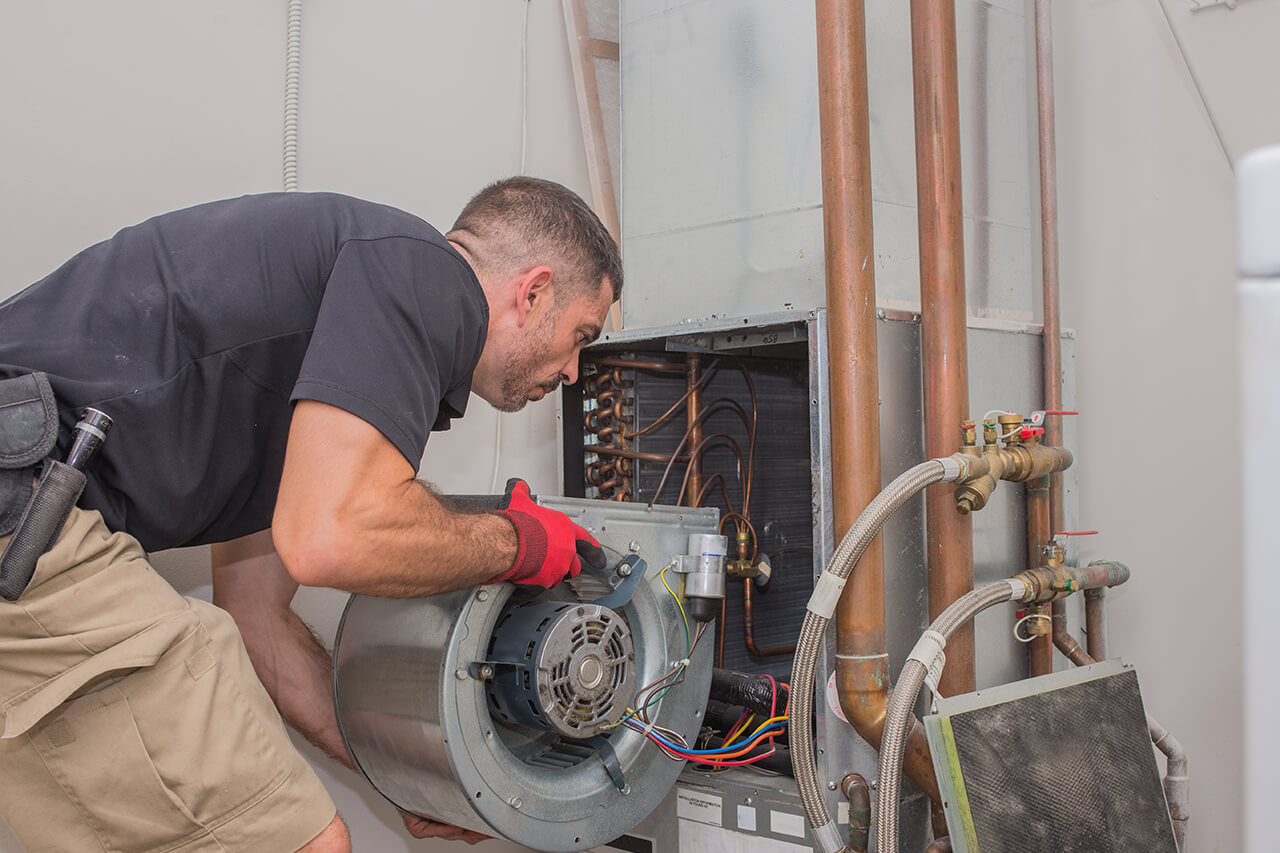


0 thoughts on “How Much Does A Carrier HVAC System Cost”